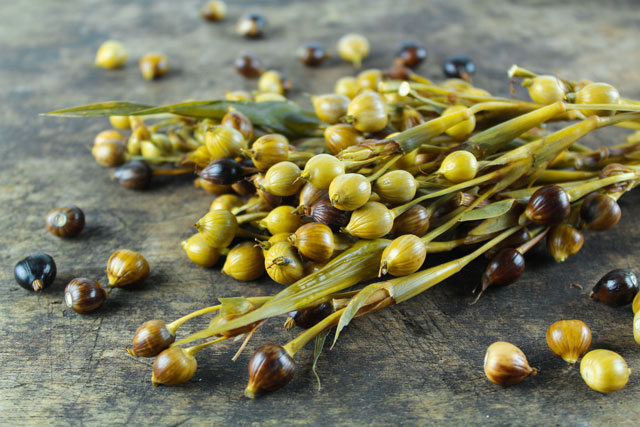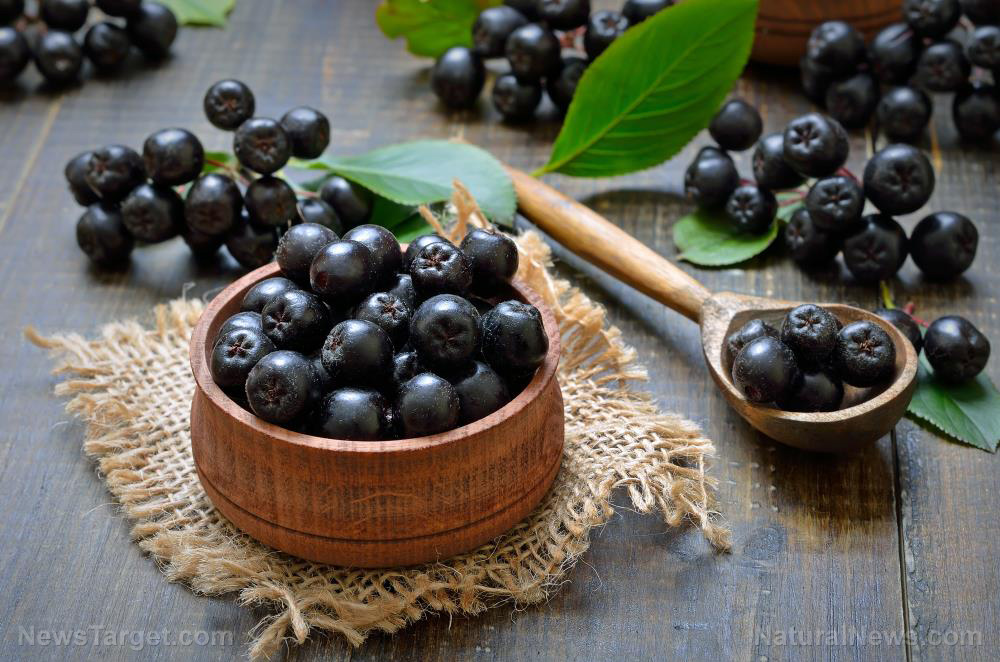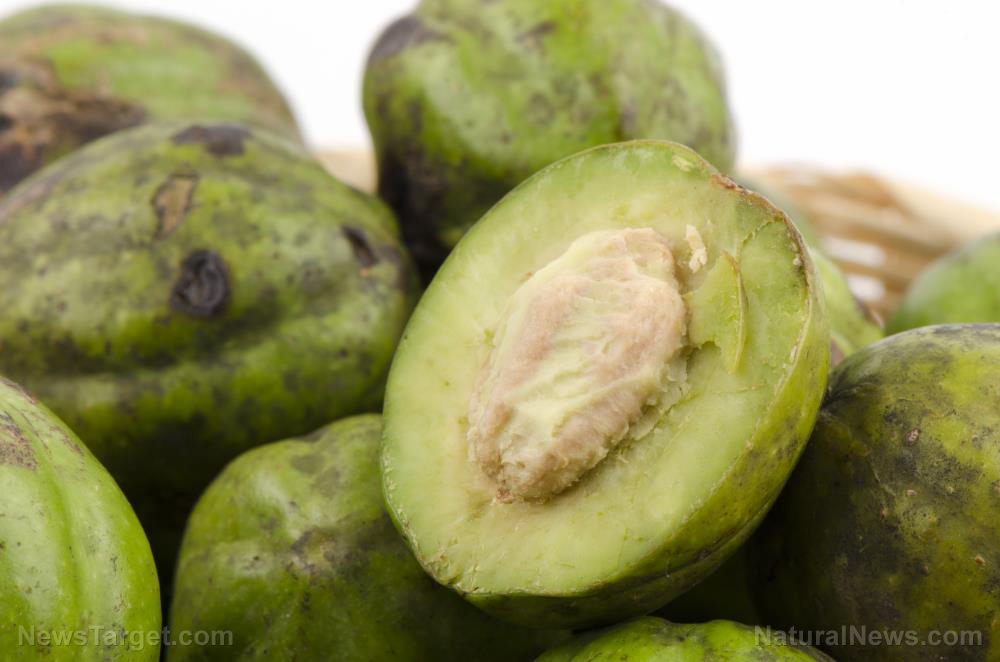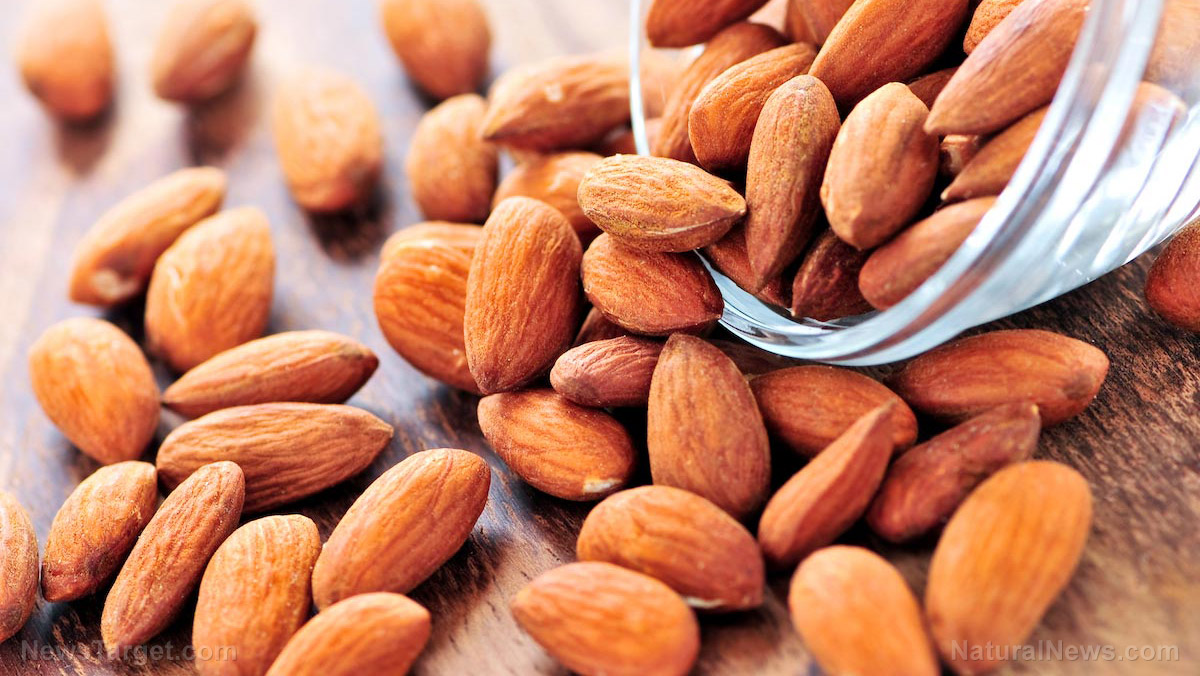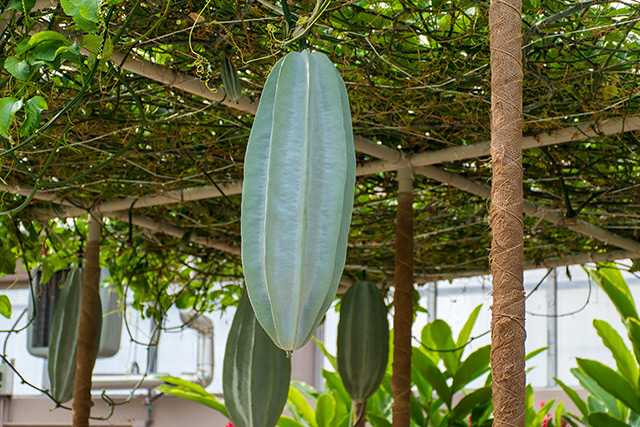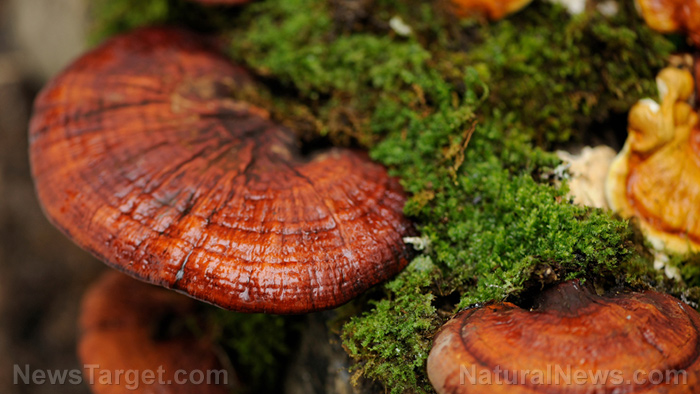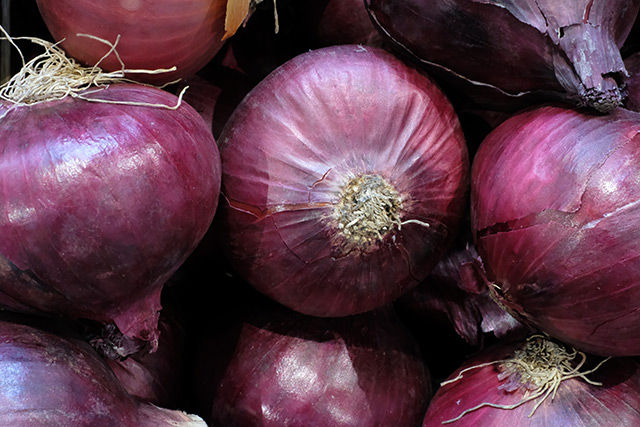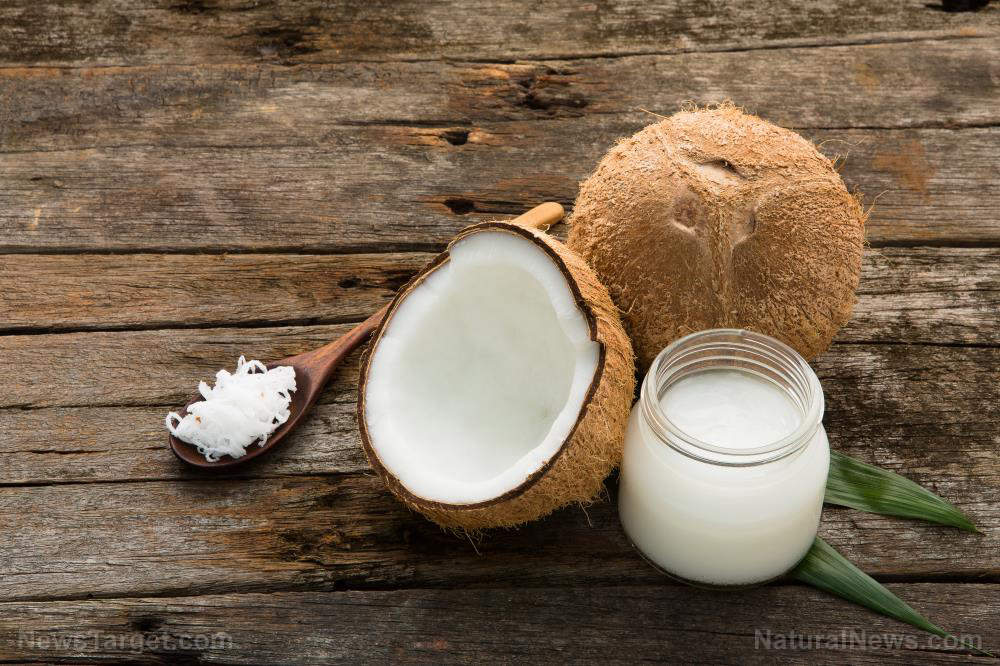Honey gathered from the resin spurge plant demonstrates unique health benefits
10/29/2018 / By RJ Jhonson
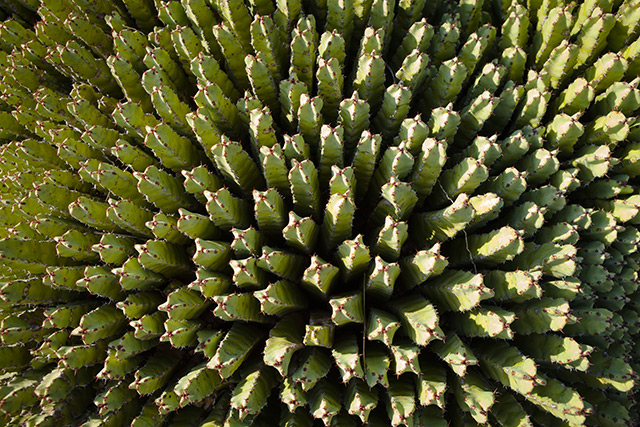
The monofloral honey made from resin spurge (Euphorbia resinifera) is considered an important commercial product in Northern Africa. Researchers, in a study published in CyTA – Journal of Food, set out to identify parameters that distinguish resin spurge honey from those made from other species of Euphorbia, specifically Euphorbia officinarum and Euphorbia regis-jubae.
- The researchers took 29 samples of resin spurge honey and examined them.
- The authors noted that most of the samples had low water content, were of proper maturity, and showed no signs of improper fermentation.
- Upon examination, resin spurge honey was revealed to have a lower electrical conductivity than honey made from other Euphorbia species. Its ash profile was also different.
- In terms of ash content, all samples showed characteristics of nectar honey. Their ash content was similar to that in honey made from other Euphorbia species.
- Resin spurge honey was found to contain high amounts of potassium, as well as varying concentrations of calcium, sodium, phosphorus, sulfur, silicon, and magnesium.
The researchers wrote that sugar profile and electrical conductivity could be used as parameters to differentiate resign spurge honey from those made from other Euphorbia species.
Read the full text of the study at this link.
Learn more about honey and what it can do for you at Food.news.
Journal Reference:
Moujanni A, Partida L, Essamadi AK, Hernanz D, Heredia FJ, Terrab A. PHYSICOCHEMICAL CHARACTERIZATION OF UNIQUE UNIFLORAL HONEY: EUPHORBIA RESINIFERA. CyTA – Journal of Food. 2017;16(1):27–35. DOI: 10.1080/19476337.2017.1333529
Tagged Under: Euphorbia officinarum, Euphorbia regis-jubae, Euphorbia resinifera, honey, honey nutrients, monofloral honey, natural cures, natural medicine, natural remedies





